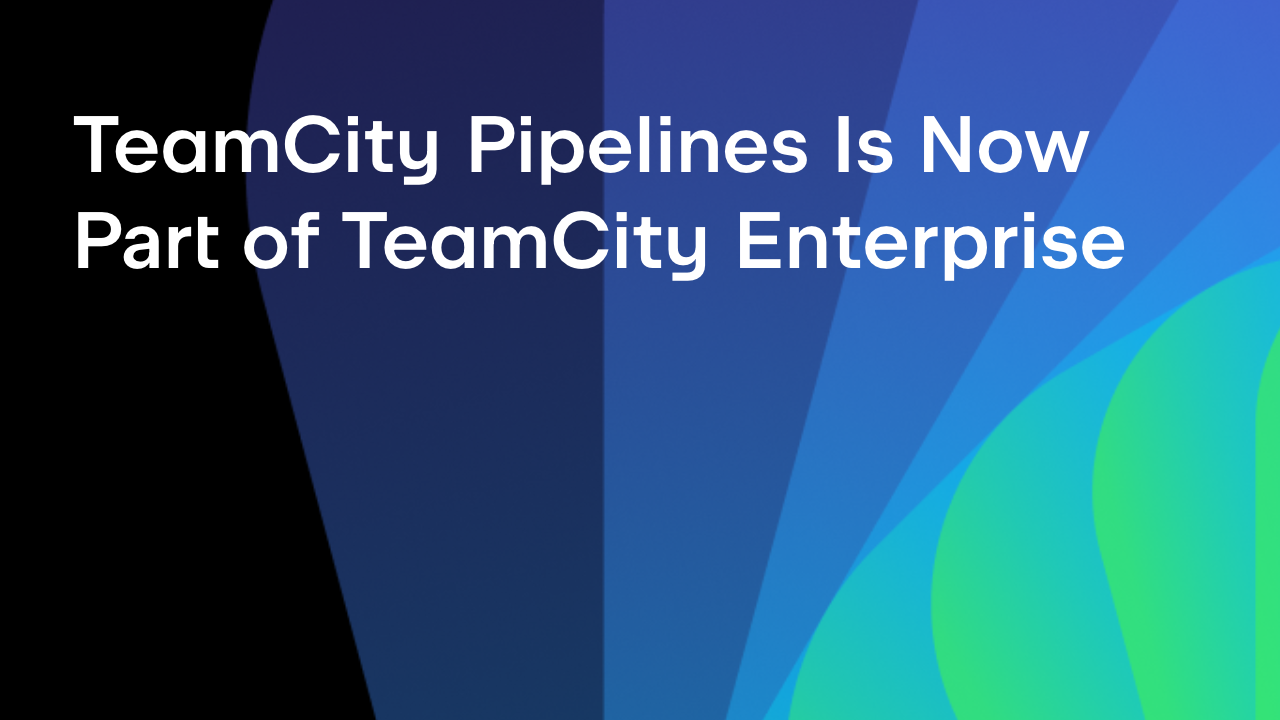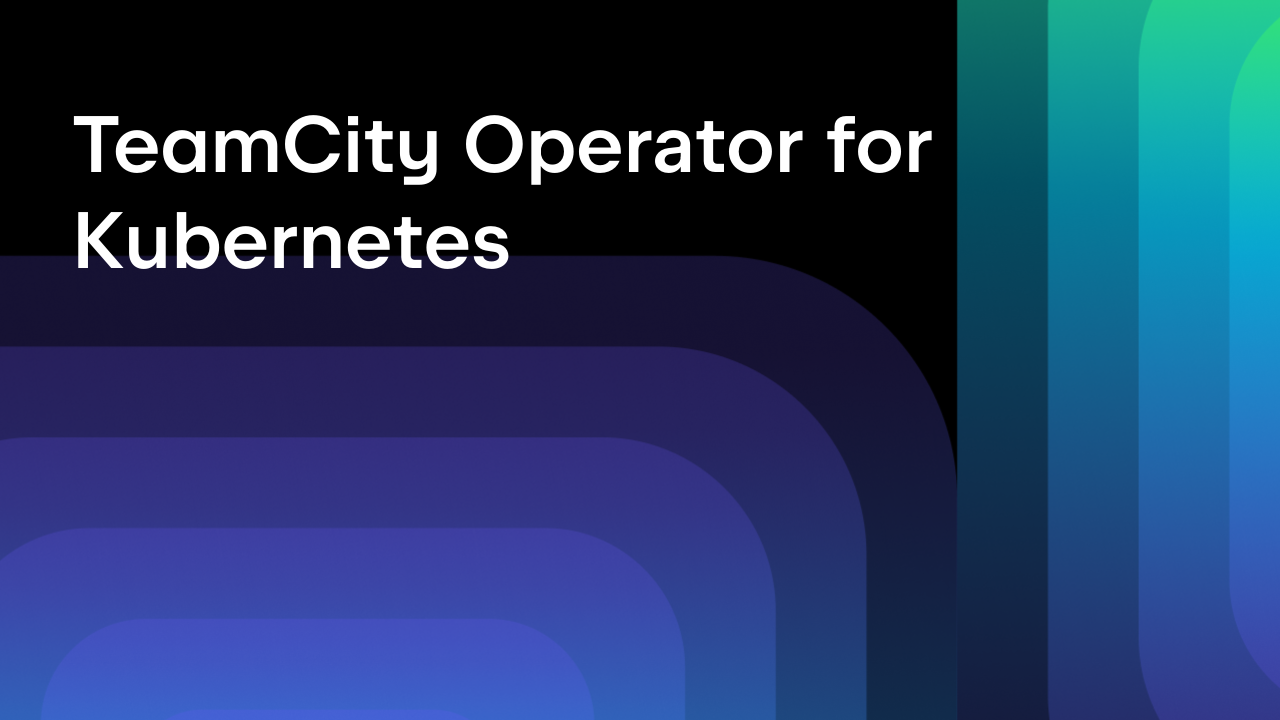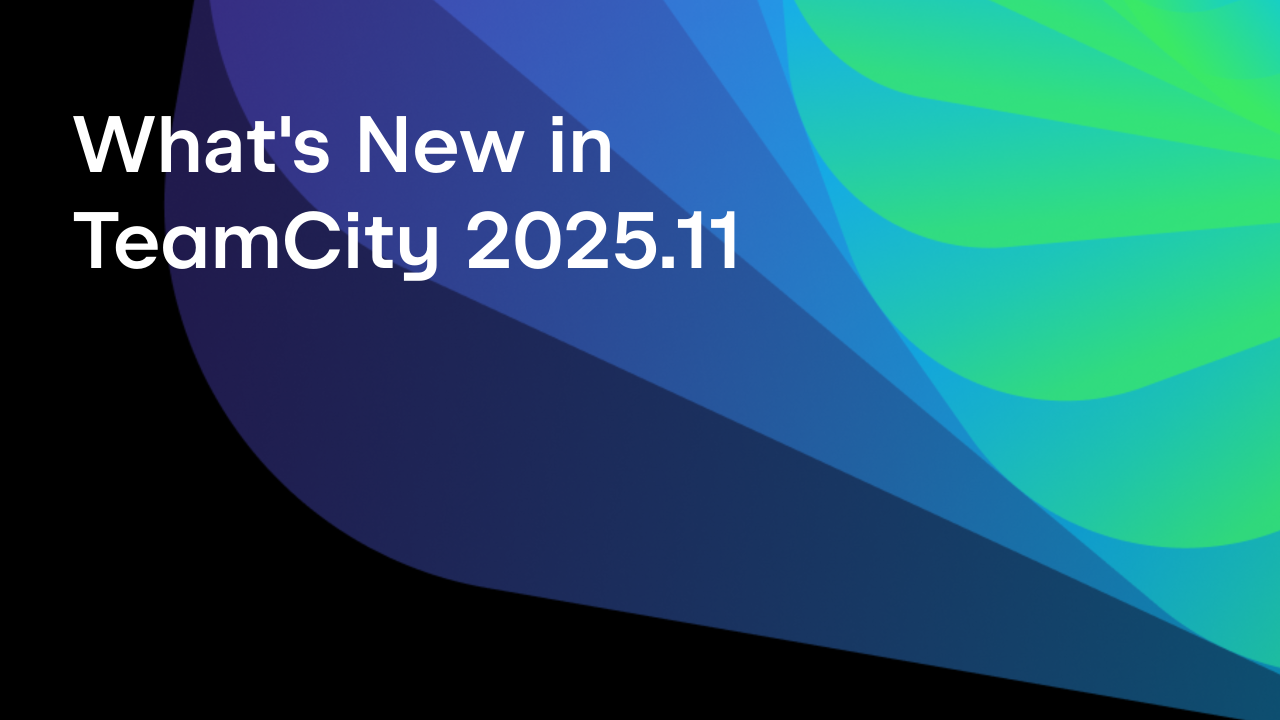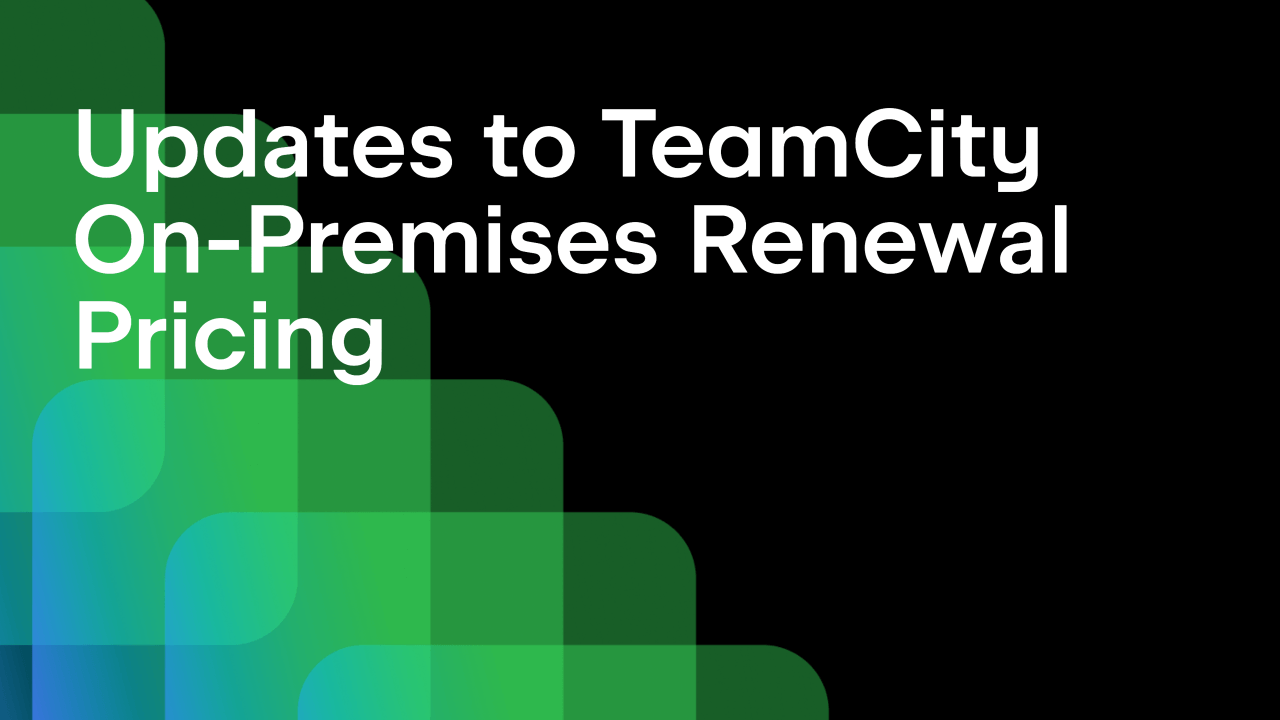TeamCity
Powerful CI/CD for DevOps-centric teams
TeamCity 2020.1: Conditional Build Steps, Support for Kubernetes, Slack Notifier, Integration with Azure DevOps and Jira Software Cloud, and more
TeamCity 2020.1 features conditional build steps, allows launching build agents in a Kubernetes cluster, and integrates with Azure DevOps and Jira Software Cloud. It adds more capabilities to secondary servers in a multi-node setup, comes with a new Slack notifier, and has many great improvements to the experimental UI.
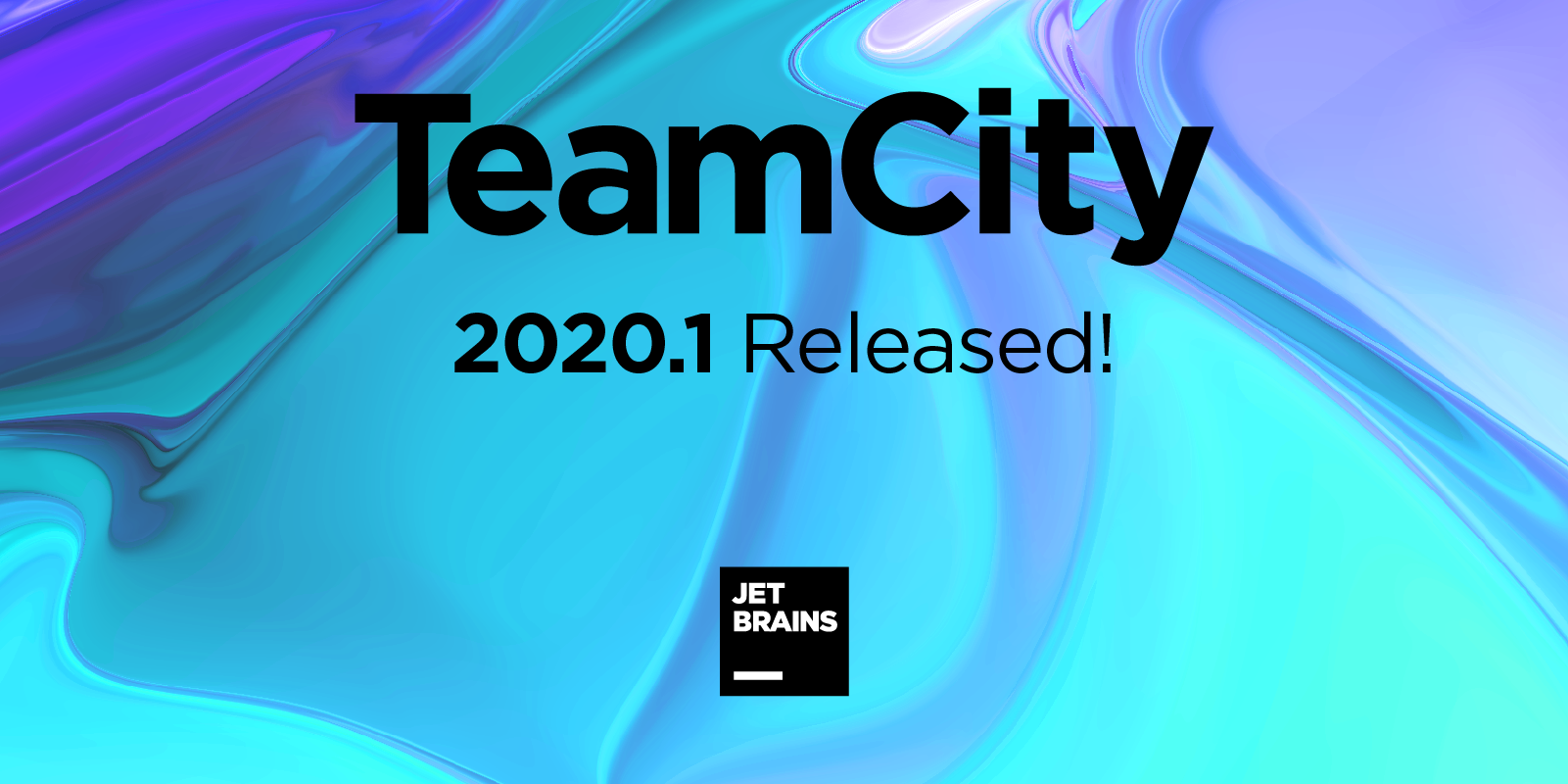
Conditional build steps for unconditional versatility
Have you ever wanted to execute different command line scripts on different platforms, or deploy changes in different branches to different staging servers? Now you’re free to do just about anything! TeamCity 2020.1 allows you to specify conditions for your build steps and execute them only if the criteria are met.
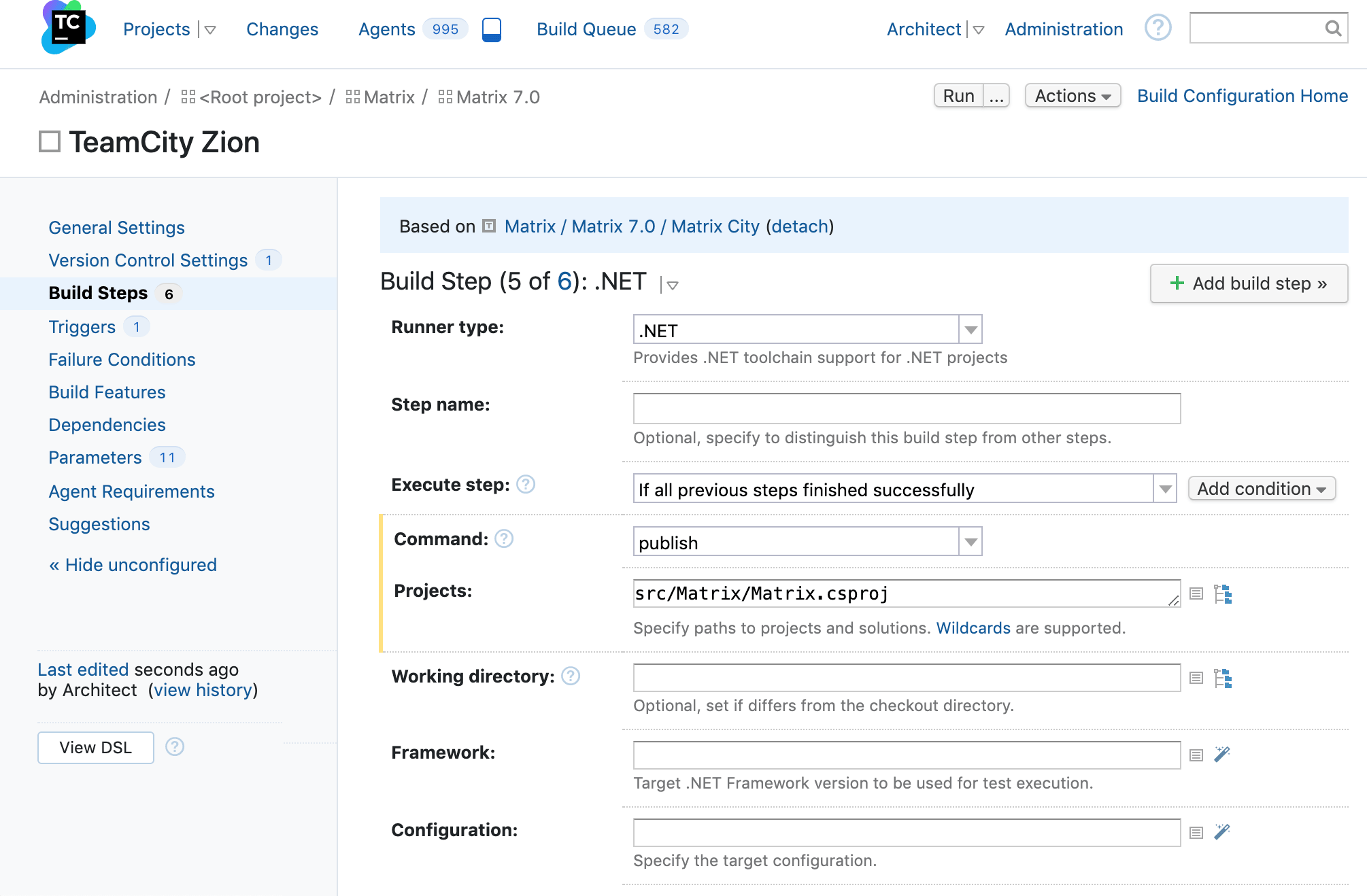
Build with scale in a cluster. 10x K8s.
Simple and reproducible cluster deployments are now available out of the box. TeamCity 2020.1 lets you implement a scalable CI/CD architecture on top of Kubernetes: build agents can be launched automatically when you need them, do their job, and then be removed after the build is completed.
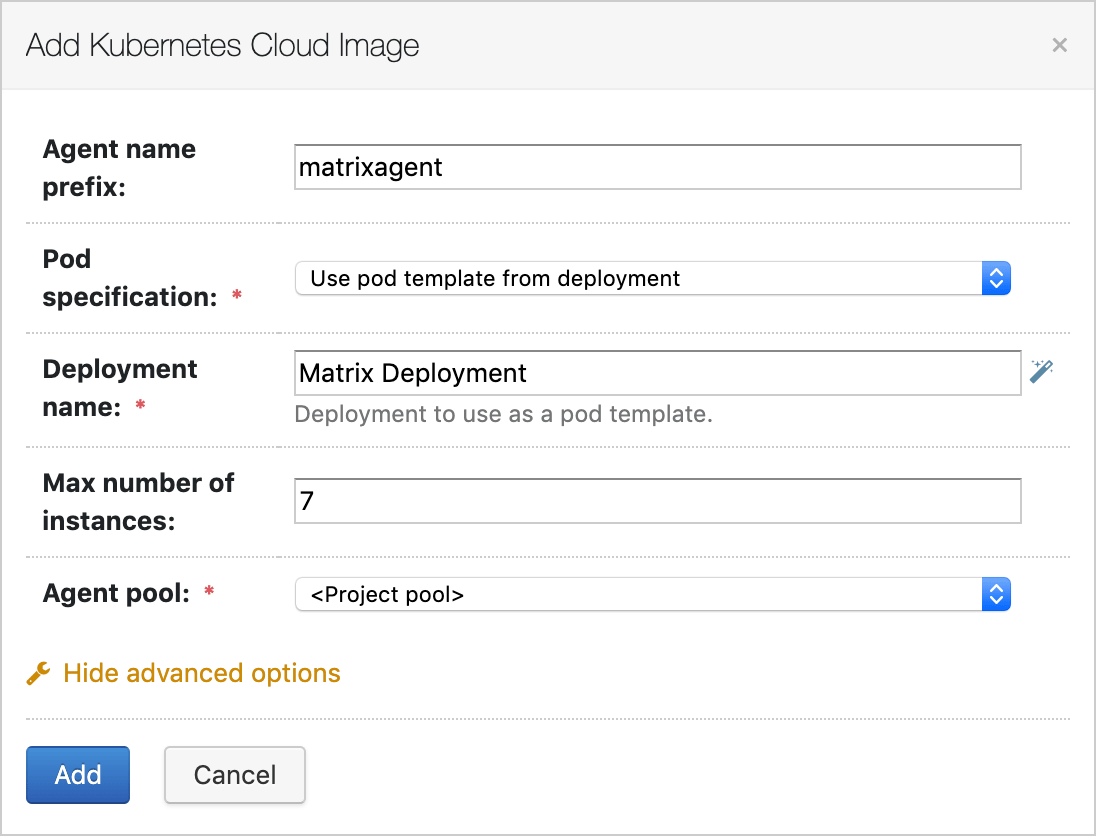
Multi-server magic
Running multiple TeamCity servers and making them work together can elevate your CI/CD to a whole new level of performance and reliability. We have improved how TeamCity works in a clustering environment by extending the capabilities of secondary servers with trigger processing and support for user-level actions in the UI.

Trigger processing
Professionals working with large installations have hundreds if not thousands of triggers that fire on changes in VCS, package updates, and new artifacts. To help them achieve the highest possible performance, we now allow secondary servers to take part in this process and take some load off the primary server.
User-level actions
We have improved the UI of the secondary server, making it possible to modify user profiles, change view of projects and configurations, manage build agents, and more.
Easier deployment of cloud build agents
TeamCity 2020.1 comes with a new option to download a pre-packaged agent distribution from the TeamCity server. Pre-packaged build agents don’t need to update themselves upon connection to the TeamCity server, and this makes creating and updating cloud images faster and more straightforward.
Level up your notifications
To take TeamCity’s notification capabilities to new heights, we’ve implemented a new build feature that allows project administrators to set up automatic alerts to the entire team. New notifications can be configured on the build configuration level, so you can edit, reuse, and share them using the Kotlin DSL.
The all-new Slack notifier lets your team get notifications about the status of your builds directly in Slack.
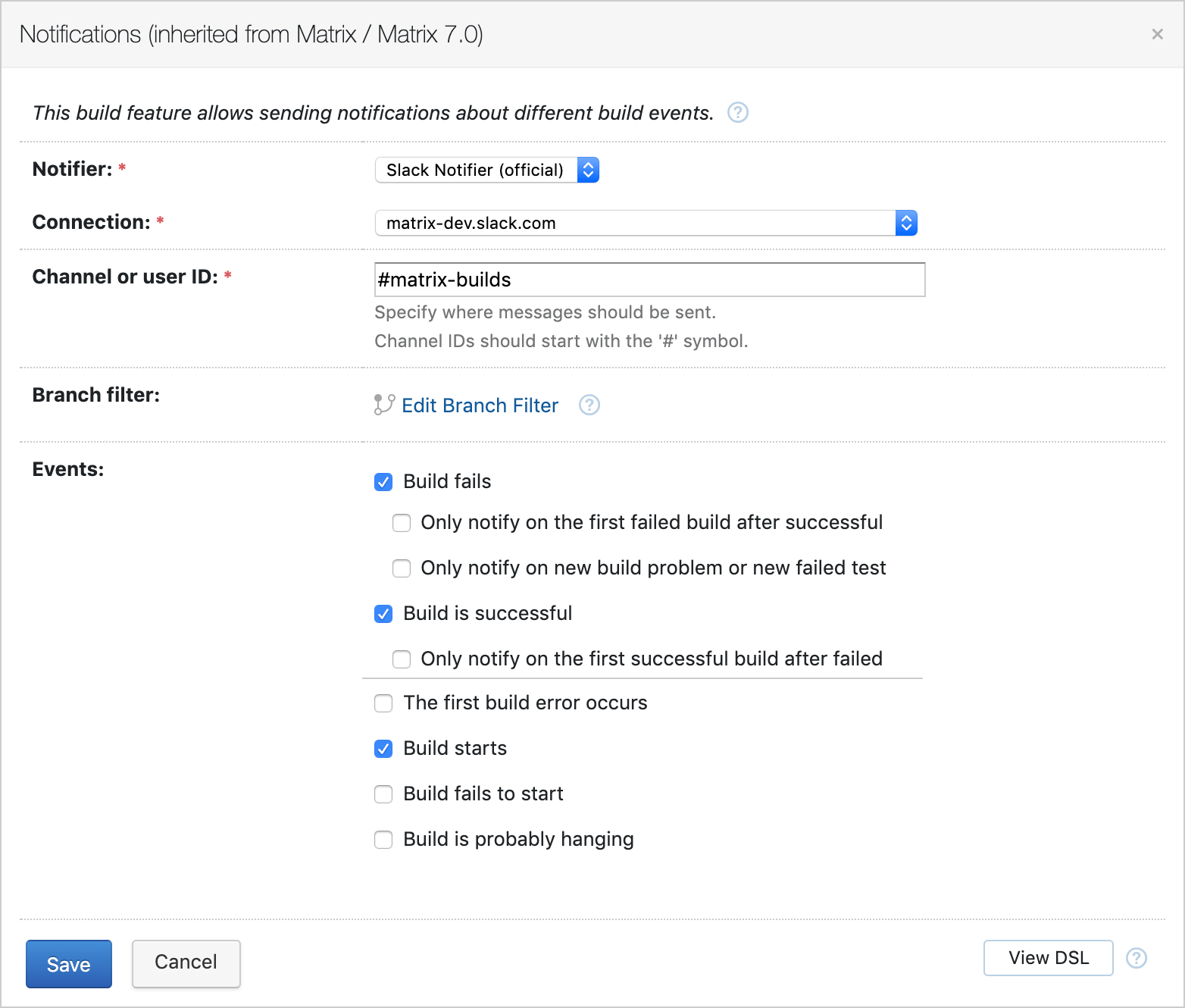
The power of integrations
Jira Software Cloud
TeamCity has always had elegant integration with Jira, which automatically replaces issue codes in commit messages with links to the respective Jira issues. To support even more workflows, we have extended the integration and started to send the status of your builds and deployments to Jira Software Cloud. Now you can look into your CI/CD pipelines and release history right in your issue tracker, and see which issues are associated with failing builds.
Azure DevOps
We have extended the list of Git hosting services supported by the Pull Requests build feature, and added support for the Azure DevOps pull requests. The new option allows you to automatically run builds on pull request branches of the Azure DevOps, similarly to how you can do it with GitHub and GitLab.
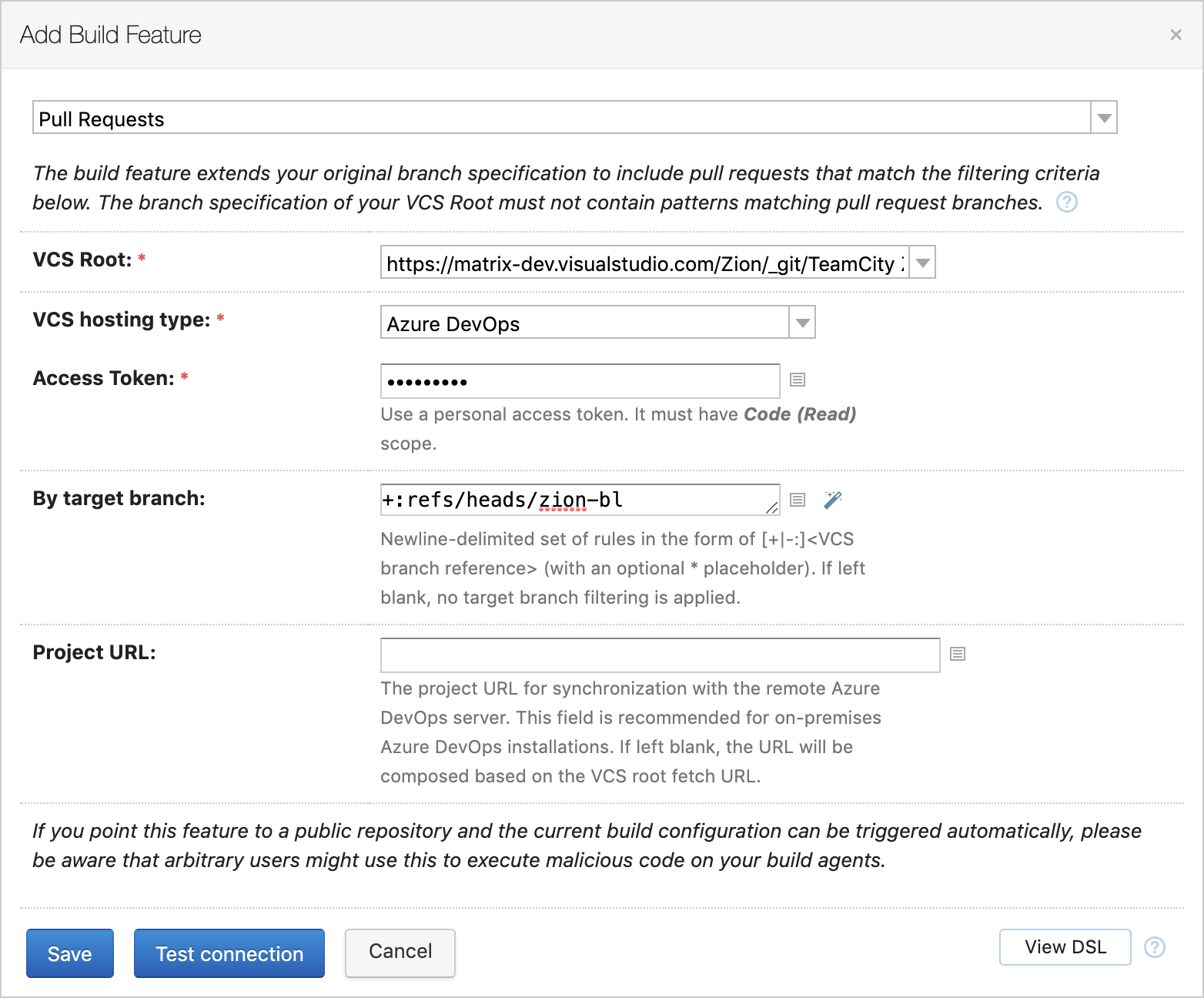
New Sakura UI
Most developers use CI/CD every day, and we want it to feel like home. That’s why we’re continuing our quest to create a new UI that will be fast and easy to use, and will let us deliver new features faster.
To support more use cases of the classic TeamCity, the experimental UI of version 2020.1 comes with updated Agents and Projects pages, and allows configuring the project sidebar.
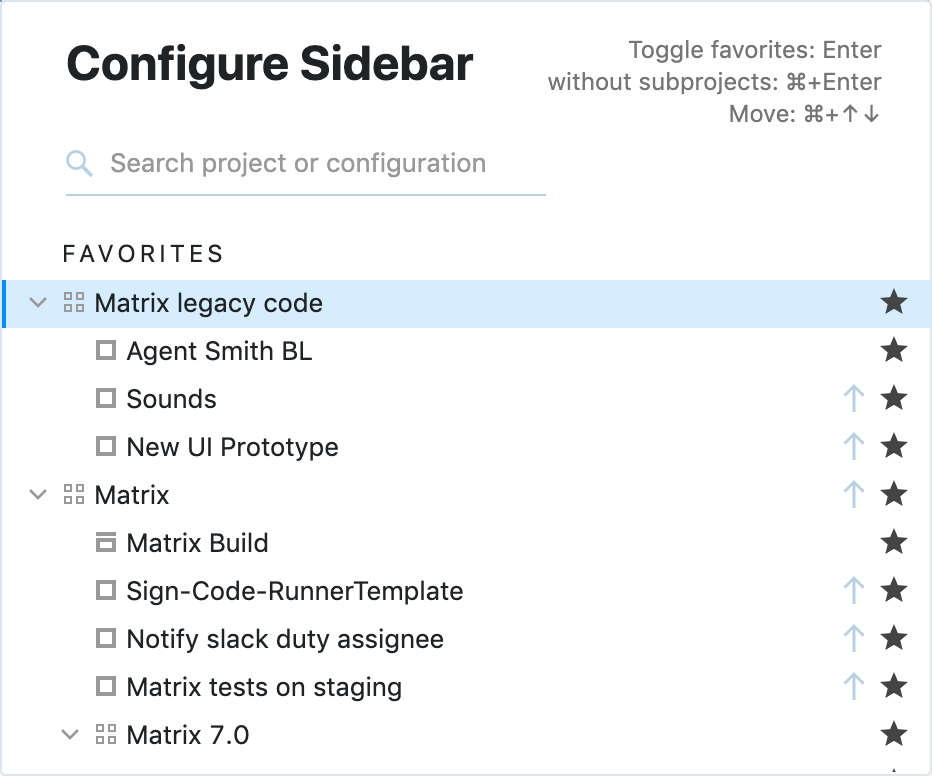
There is more to this release! For the full list of changes in TeamCity 2020.1, please refer to the TeamCity documentation.
Subscribe to TeamCity Blog updates

